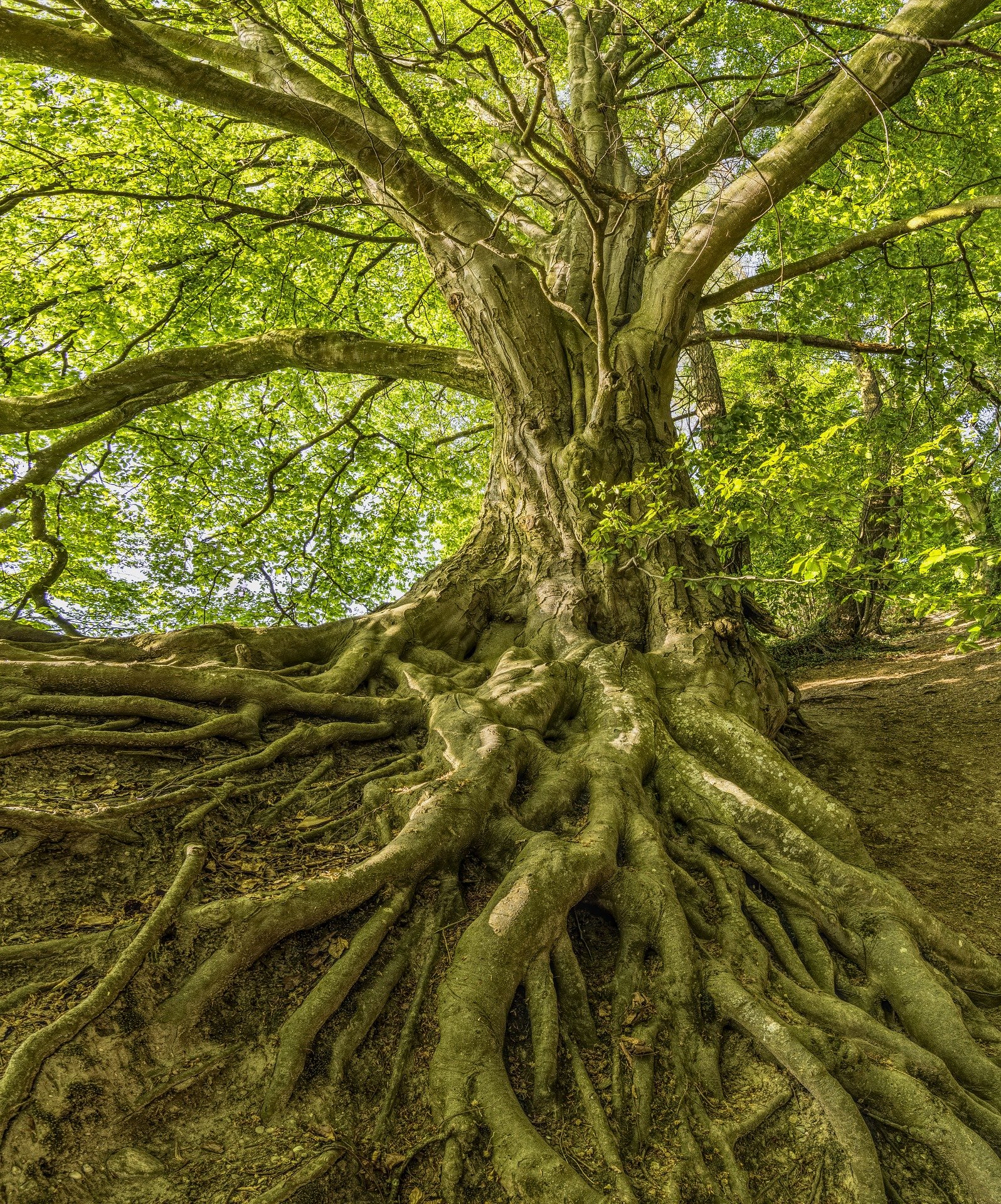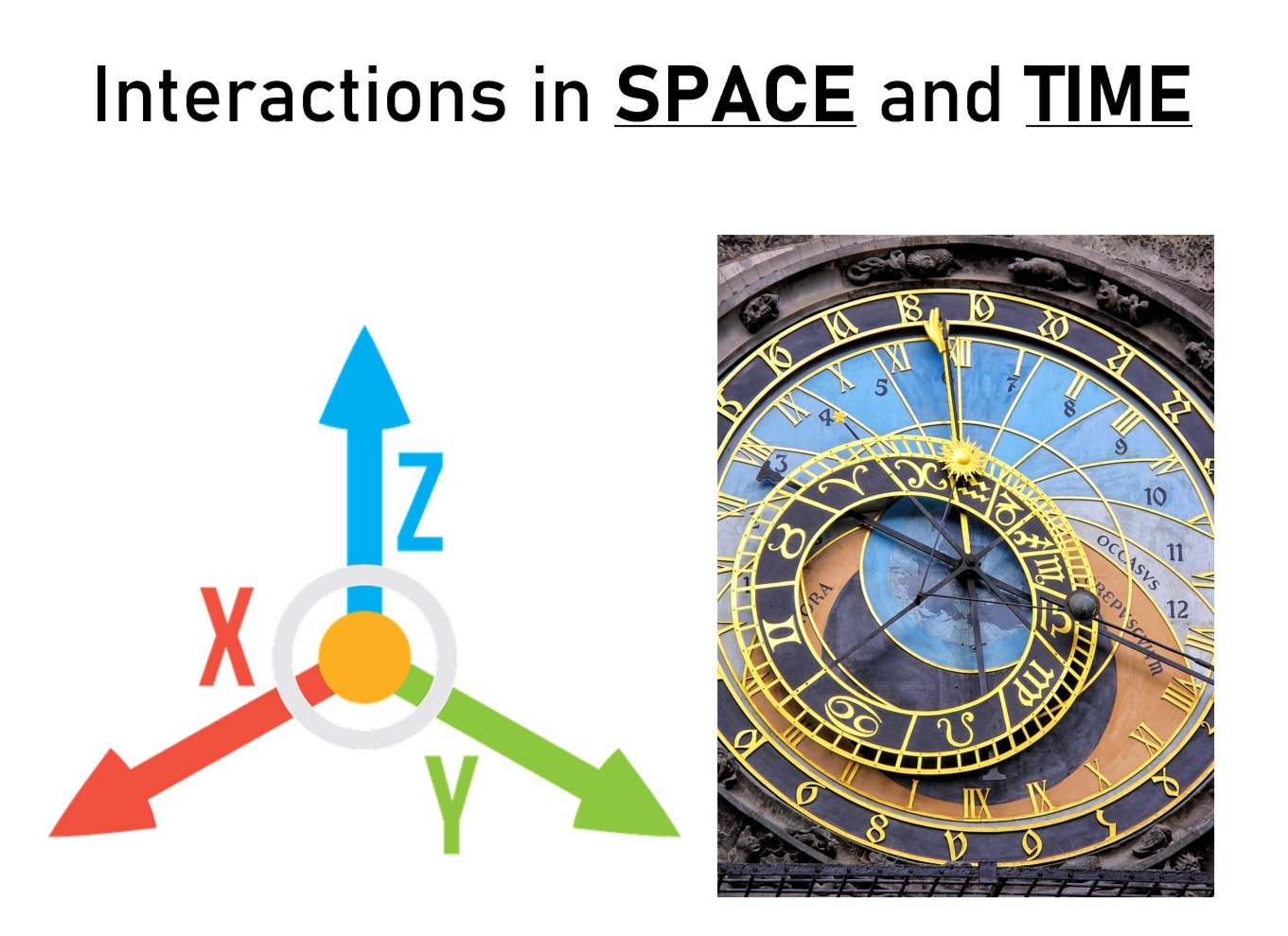
Garden like Mother does.
Create Diversity in Space and Time
-

What is ecological structure?
This text summarizes the main points of our workshop about ecological structure and includes a list of resources for further learning and planning.
-

Create diversity through relationships
Use this tool to help you think about plant-animal relationships you want to support.
Three-dimensional structure is critical to maximizing niche space. Diversity in above-ground vertical and branching structure will also integrate diversity into below-ground root structures.
Instructions: In each layer of vegetation, put the names of the plant species you’d like to add to your landscape at the arrow’s base. At the arrow’s tip, list one or multiple animal species that are supported by that plant species. We have provided generic examples that focuses just on bringing a diversity of butterflies and moths (lepidoptera) to the landscape. Although the focus is on the plants as larval hosts, the flowers will attract bees and adult lepidopterans, and the fruits and berries will attract mammals and birds. The example references data from Doug Tallamy’s book, Bringing Nature Home and the website of the Knoxville Chapter of the Tennessee Ornithological Society, www.knoxbirds.org.
-

Create resource diversity in space and time
Use this tool to help you develop resources through space and time.
Animals are adapted to find and use resources. They and plants pass through their life stages in tandem.
Instructions: Consider the plant-derived food sources available throughout the year in the different layers of your landscape. Create a word-based, picture-based, or color-based legend to help you think through what will be blooming and when, so that you can plant to achieve year-round blooming throughout the landscape. This will naturally attract a diversity of animals due to the availability of food throughout a variety of life cycle phases.
Garden with native plants
We are proud to support Bee City Lynchburg in its efforts to restore healthy and resilient ecosystems by landscaping with and promoting public education around native plants.
Bee City Lynchburg has compiled resources for residents of the City of Lynchburg, VA, and surrounding areas. You can find those resources at Lynchburg Parks and Recreation webpages at https://www.lynchburgparksandrec.com/bee-city-usa/


